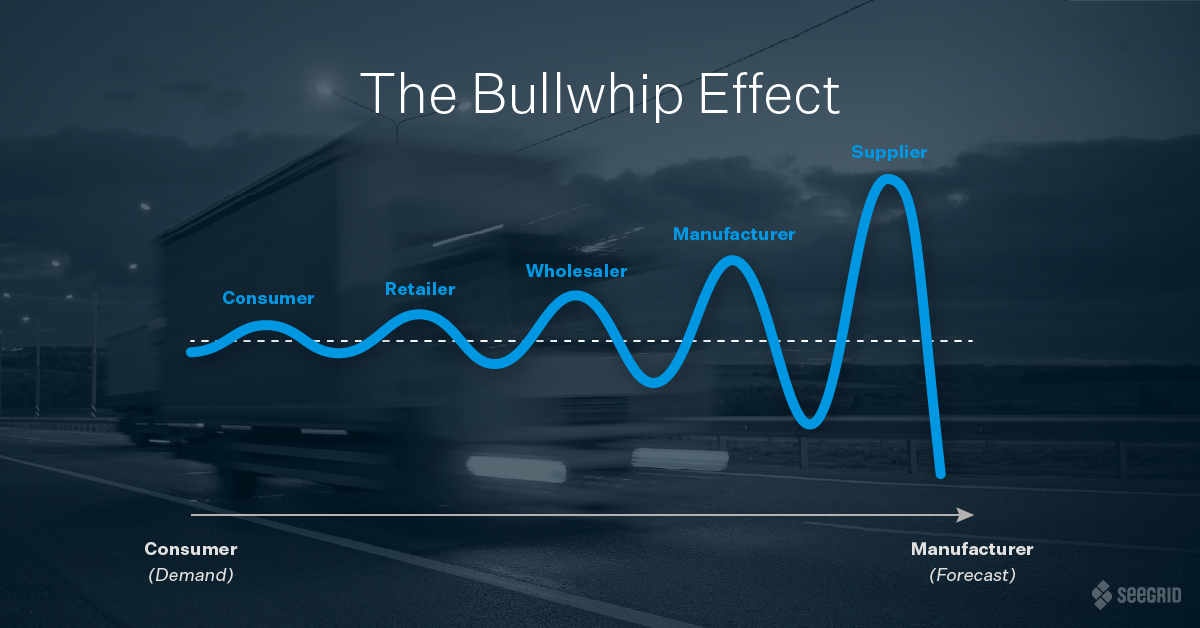The ongoing pandemic significantly heightened awareness and excitement around autonomous mobile robots (AMRs) and automation solutions across several industries. This is primarily due to the key benefits industrial automation can offer and the proven success of keeping supply chains resilient and running despite major unforeseen hurdles.
Though recent prevalent industry forces, including labor shortages, spikes in demand, supply chain disruptions, and sustainability initiatives, thrusted robotic automation into the limelight over the past couple of years, companies have actually been reaping the benefits from implementing and adopting robotic automation for many decades, dating back to automotive production lines in the 1950s.
Until recently, the main focus for robotic automation has been on making the individual robots or robotic cells perform at their peak in a highly reliable manner without any disruptions. Metrics such as Overall Equipment Effectiveness (OEE), which measures the percentage of planned production time that is truly productive, have been used to monitor, adjust, and maintain each individual robot’s performance.
Intelligent mobile automation inverts this paradigm. As technologies and innovations advance, so do the expectations for automation solutions. Now, the focus is to improve the entire end-to-end AMR fleet performance at its peak in a highly reliable manner without disruptions instead of the individual robots. Operational efficiency requires a holistic, interconnected, and full-facility approach, ensuring that all the technologies are working together for safe, streamlined productivity.
Advance Operations With Intelligent Mobile Automation
Whether you are in the manufacturing, warehousing, e-commerce, or logistics space, there are four distinct challenges that all material handling facilities are typically trying to solve. First, facilities are aiming to elevate possibilities by reassigning workers to value-added tasks and applying automation to non-value added tasks. AMRs excel at the dangerous, repetitive non-value added tasks such as traveling, lifting, handling, and transporting goods. Instead, human workers can advance their skill sets and take on safer, more rewarding job opportunities that require decision making, creativity, and human input.
Second, facilities need to figure out how to reduce daily variability and disruptions to maintain a state of operational flow. The element of change will always be a factor. Whether a company is expanding into a new facility, introducing new products, experiencing a labor or material shortage, or trying to keep up with shifts in demand, any sort of disruption can directly affect the operational flow, on-time deliveries, and customer satisfaction. Intelligent mobile automation helps companies build flexibility and resiliency to not only overcome disruptions but to also become stronger and more productive.
Third, companies need solutions to meet operational goals to grow and scale their business. Intelligent mobile automation helps companies improve operational efficiencies to track towards and achieve their objectives. As goals are met, new initiatives are created to continue growth and improvement. Since the onset of the pandemic, e-commerce order volumes have continued to surge at record high levels, which significantly impacts several industries. Order volumes continue to outpace the labor supply, with facilities relying on a strained labor force working overtime to fill peak level demand on an everyday basis. Manufacturing plants, warehouses, and logistics facilities need automation solutions to ensure they can keep up with demands to fill orders accurately and on time with the ability to easily scale.
And last, facilities need to accelerate their time-to-value while also improving safety. There should never be a tradeoff between productivity and safety. Facilities can achieve both simultaneously with intelligent mobile automation by streamlining workflows, automating hazardous processes, and boosting the bottom line for meaningful results.
Intelligent mobile automation contains four key components:
- AMRs: Implementing flexible AMR solutions that are adaptable to various workflows, applications, layouts, demands, and environments is critical. This includes autonomous charging solutions and accessories that expand the operations of the AMRs.
- Enterprise Software: To operate in a coordinated manner, it is critical to utilize software that orchestrates material flow and assigns jobs to AMRs. This software should also enable users to build, connect, and manage a fleet of AMRs while also being able to integrate them to back-end systems such as a WMS, MES, or ERP.
- Data and Analytics: Data and analytics help power intelligence and drive optimization of entire AMR fleets. Expand your visibility and understanding of your entire operation by utilizing data to inform decision making. Quickly identify what is working well and where improvements can be made by analyzing key data points. Applying advanced tools such as AI and deep learning can further enhance intelligence.
- Services: Services are critical to not only enabling AMRs to operate effectively over their lifecycle but also essential to empowering customers to drive adoption. When facility workers feel confident and comfortable with new technology, adoption and productivity will soar. Correct use of the robots will ensure that your goals are tracking according to plan to drive success. Partner with an intelligent mobile automation vendor who can provide hands-on training and educational resources to empower your team members.
Eliminate Risks and Overcome Obstacles for Operational Success
Intelligent mobile automation can help facilities overcome a wide range of obstacles and build opportunities to sustain growth. As you get started with an automation project, focus on accelerating your return on investment (ROI). You can do this by implementing a solution that requires little to no change to your facility’s existing infrastructure. Find a solution that fits your needs, goals, and requirements—not the other way around. This not only reduces costly production downtime but also helps facility workers embrace new technologies with familiar layouts and infrastructure in place.
Ensure that you design your project for the future at each level of robotic automation with flexibility and scalability in mind. Again, with intelligent mobile automation, the focus goes beyond individual robots. You can essentially reconstruct Maslow’s tiered model hierarchy of needs for robotic automation, defining the different levels by: robots, AMR fleet, site, and enterprise levels. At the robot level, operational objectives should be set around improving safety and reliability with workers focused on each robot’s performance and tasks. At the fleet level, your fine-tuned robots will collectively help your facility achieve consistency, repeatability, and efficiency. Going a step further, at the site level, objectives should be centered around adaptability, redeployment, and interoperability within the operation. Lastly, at the enterprise level, the key focus areas revolve around adoption, ROI, and scalability. By approaching goals at each level of automation, you can build and provide the inner workings behind the scenes that drive strength, flexibility, resilience, and scalability.
As initiatives get put into action, you should work with a vendor who can help make it easy to build, manage, analyze, and optimize your AMR fleet with optimum performance visibility using data analytics and AI. Automation plays an ongoing part in your facility’s success, creating a cyclical flywheel that continues to build as you make adjustments that drive efficiencies. The AMRs and software solutions are there to help you advance, innovate, and grow, not slow you down or add complexities. It’s critical that your solution provides the flexibility and agility to adjust and scale over time while also providing workflow visibility that enables you to make informed decisions about your fleet. Decision making becomes clear when taking a data-driven approach—for both operational and overall business decisions. AMR performance data can easily illustrate what is and isn’t work well, pointing out where improvements can be made. Rely on objective data to inform your next steps.
The Future is Here for Intelligent Mobile Automation
Intelligent mobile automation expands your enterprise’s abilities and opportunities today and into the future. By focusing on the complete picture of full end-to-end fleet performance rather than individual robot performance, you will achieve ongoing, impactful growth on every level. Working collaboratively with humans in dynamic environments, intelligent mobile automation will help facilities meet today’s supply chain challenges while effectively accelerating ROI, improving future scalability, and improving the status quo for the material handling industry.
Infographic: Mapping the Route to Automation Success
Download this infographic to learn how to ensure your automation project will deliver a fast ROI and also provide long-term success.







